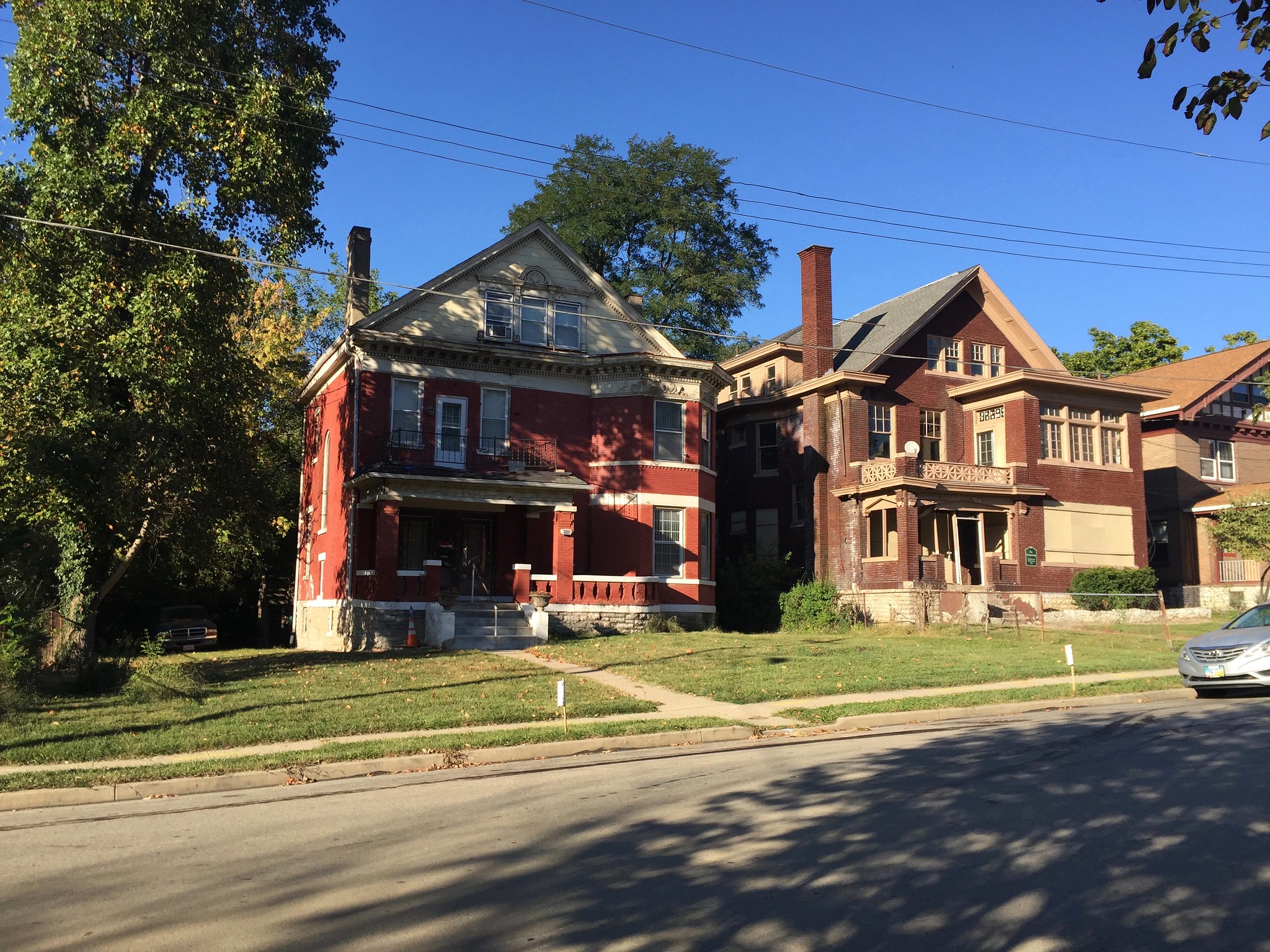It might be extremely fulfilling to renovate a house with a long history, or it can seem like an endless financial nightmare. A little forethought can go a long way in terms of maintaining your finances (and sanity). Before you even consider picking up a hammer or selling the house, be aware of these 7 points, which we will outline in this article.
1. Consult the local authorities
To find out if your historic property is subject to any limitations, check with your local council’s planning department. Whether so, ask if they have any checklists or instructions you may use.
When it comes to regulations, some councils are stricter than others. These can include restrictions on the exterior paint job, interior renovations, tree trimming, the presence or absence of fences and outbuildings, and limitations on how the house may be used.
Remember that a home that is “individually listed” and a home that is part of a heritage overlay are two very different things. A heritage overlay hardly ever involves internal renovations and often solely regulates changes to the building’s exterior. Before beginning construction on your home, you must additionally get a planning permission if the property is under a heritage overlay.
2. Do the Research
It’s critical to have a thorough understanding of the property you are working with right away. If faults aren’t found early on, they can result in unforeseen expenditures, delays, and deviations from the building.
Before beginning both planning and construction projects, hire a builder or building inspector to evaluate it since there may be heritage-protected elements that need to be replaced or restored because they are in poor condition.
Other difficulties that a home inspector could discover include plumbing problems, termite damage, hazardous or irreparable portions of the house, inadequate foundations, and structural or cosmetic flaws.
3. Determine the cost
Before submitting your plans to the council, if the refurbishment will be significant, have a quantity surveyor independently estimate the project’s cost. Going up against the council to obtain approval for something you cannot afford is pointless.
A quantity surveyor is qualified to cost a building effectively, whereas architects can only offer you a general notion of cost. Just make sure to pick one that focuses on residential heritage projects such as experienced heritage roofing, rather than office buildings.
4. Don’t disregard costs
In general, it costs more to renovate or expand a historic structure, especially one that is subject to a heritage overlay.
Given that our quality of modern living is so high, it is difficult to produce a seamless old-meets-new connection in these older homes because they have frequently not been maintained or examined throughout the years.
Additionally predicted are unanticipated cost overruns during construction. A lot of times, issues like outdated structures that need to be reinforced or replaced aren’t discovered until the construction is already underway. The majority of the time, the components of a house that need to be repaired are entirely taken apart and rebuilt using newer, safer, and more energy-efficient materials.
Don’t necessarily choose the cheapest quotation or attempt to complete a significant makeover on a tiny budget without allowing for incidentals and unanticipated concerns; doing so will only result in problems down the road. Instead, pay attention to the builder’s advice about what it will realistically cost.
5. Never rule out the unexpected
Don’t undervalue the scope of the work that may be needed to renovate your historic property, and make sure you approach the project with realistic expectations.
Keep in mind that outdated materials can occasionally fail and that everyone working on the project is doing their best to use the materials at hand to produce the desired finish.
Older homes will always require maintenance. You should account for this expense in your budget. And undoubtedly, the renovation procedure as a whole will take longer than you anticipate.
6. Do hire seasoned contractors
Whether it’s obtaining an actual replacement item or seeking experienced craftspeople for intricate restoration work, restoring original characteristics requires a lot of time and care (finding tradespeople with traditional skills can be very difficult).
Working with a builder that has experience with projects of the same size as your renovation and access to a skilled trade base is crucial.
Selecting a builder with heritage renovation experience also means they will be better at fusing old and new in a way that seems seamless.
7. Remember to bring thermals
One of the drawbacks of older homes is their poor thermal performance. They tend to be air leaky and generally uninsulated because they were constructed without consideration for orientation. It will rapidly pay you to allocate some of your restoration budget to things like replacing outdated windows and adding insulation.
We hope this article has given you enough knowledge to make an informed decision about whether or not to renovate your heritage home. Before you decide, be sure to do more research.

